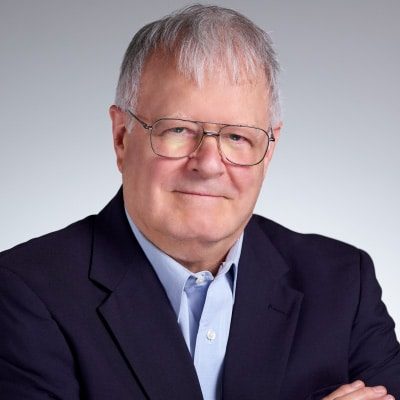The US Department of Energy is pushing residential, commercial, and industrial energy users to switch from natural gas and other fuels to electricity. Several cities in California are banning natural gas for new buildings. One important way this can happen is to install heat pumps to provide space heating and cooling, and to provide domestic hot water. HVAC heat pumps have been around for a while, and domestic water heating heat pumps common for a few years now – so this is nothing new. But a company has combined heat pumps with energy storage to meet the unique operation of the California grid to reduce emissions and costs.
In California, it is not unusual for wholesale power costs to actually be negative, because of all the solar and wind power that is generated mid-day. This solar and wind power is very low emission, and conventional resources have to scale back causing issues for grid stability. Later in the day, electricity becomes very expensive when fossil fuel plants have to quickly ramp back up to overcome the setting sun.
Harvest Thermal has solved this by inventing a module that works with heat pump systems to generate and store hot water during times when price for power is low, overheating the water in the storage tank. Then the extra heat in the tank is used to offset the need for hot water and space heating later. The picture above illustrates the system.
The system is being tested in the San Francisco area now. It is estimated that it can shift 65% of a home’s electrical loads to times of the day when power is less expensive, utility power generation equipment is not strained, and emissions are low. These types of system are expected to be useful in temperate climates, like California, along the Gulf Coast, and in the Southeast as far north as the Carolinas. – Steve Terry, DTC HVAC & Refrigeration Instructor



